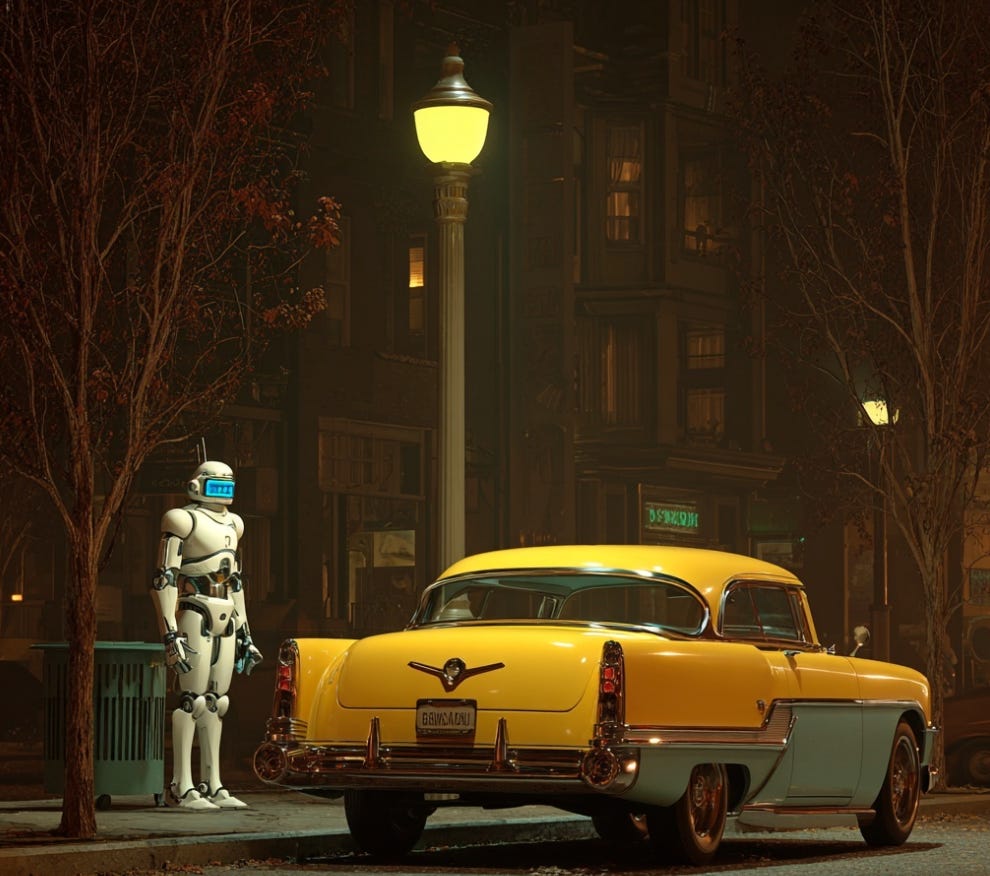Why the Robot Economy is inevitable…

Starting now – we are creating the Robot Economy. A system where we produce, distribute, exchange, and consume services which would literally not be possible without the existence of humanoid robots. It’s already underway – and I recently bought a robot for $17,000 which arrives in December.
Economic History Repeats
We’ve been here before – invented entirely new ‘economies’ – well, let’s call them economic segments based on the emergence of new technology. A simple example is what economists call ‘The Night Time Economy’. This is defined as all economic activities which occur between the hours of 6pm and 6am. This is a fairly recent phenomenon. Sure, people went to local inns for a meal in their village for millennia, but that was an economic rounding error. But the Night Time Economy didn’t really exist before electricity was common. In the 1890s Melbourne and Sydney got electric street lights, but it was only in the 1920s when mass adoption occurred. With a similar timeline in the UK and USA.
In Australia the Night Time Economy is estimated to be around 12% of GDP. This includes not only spending in bars, restaurants, and late-night retail, but 24-hour production, logistics, health, mining, and manufacturing – none of which can happen without electricity. (Approx $326 billion AUD)
As you might imagine the ‘Automobile Economy’ is even bigger – of course there is overlap – but it amounts to 20% of our GDP. (Approx $540 billion AUD)
Inventing $400 billion of Economic value
(Recent robot games here and fight club here)
In addition to this there’ll be hundreds of deployments and related industries we can’t yet imagine. We’ll basically build infrastructure, offer services, create lifestyles, enable governance and drive an entirely new Robot Culture. Just like we did with cars and night time. All of which have economic implications. I imagine this being about at least 15% of GDP in modern economies.
** Get me into do an AI keynote at your next event. I’ll use this as my testimonial!
The amazing robots which you can train by literally telling and showing what to do are still very expensive – between $100–200K. (By the way you only have to show it once, unlike our children and staff!). The cheaper ones ($15–30K) currently have limited functionality and require programming. But we only need to think of what happened with laptops and smartphones to know how affordable they’ll become. I predict around $30K for a verbally trainable bot by the end of this decade. And when that happens, they’ll be in every home and workplace. Just like there is a ‘horseless carriage’ in every driveway.
Tech revolutions always have two ingredients:
- The technology is amazing, must-have and feels like magic. ✔️
- It’s democratised – affordable and available to everyone. ✔️
We have 2 ticks, and it happens now.
Keep Thinking,
Steve.